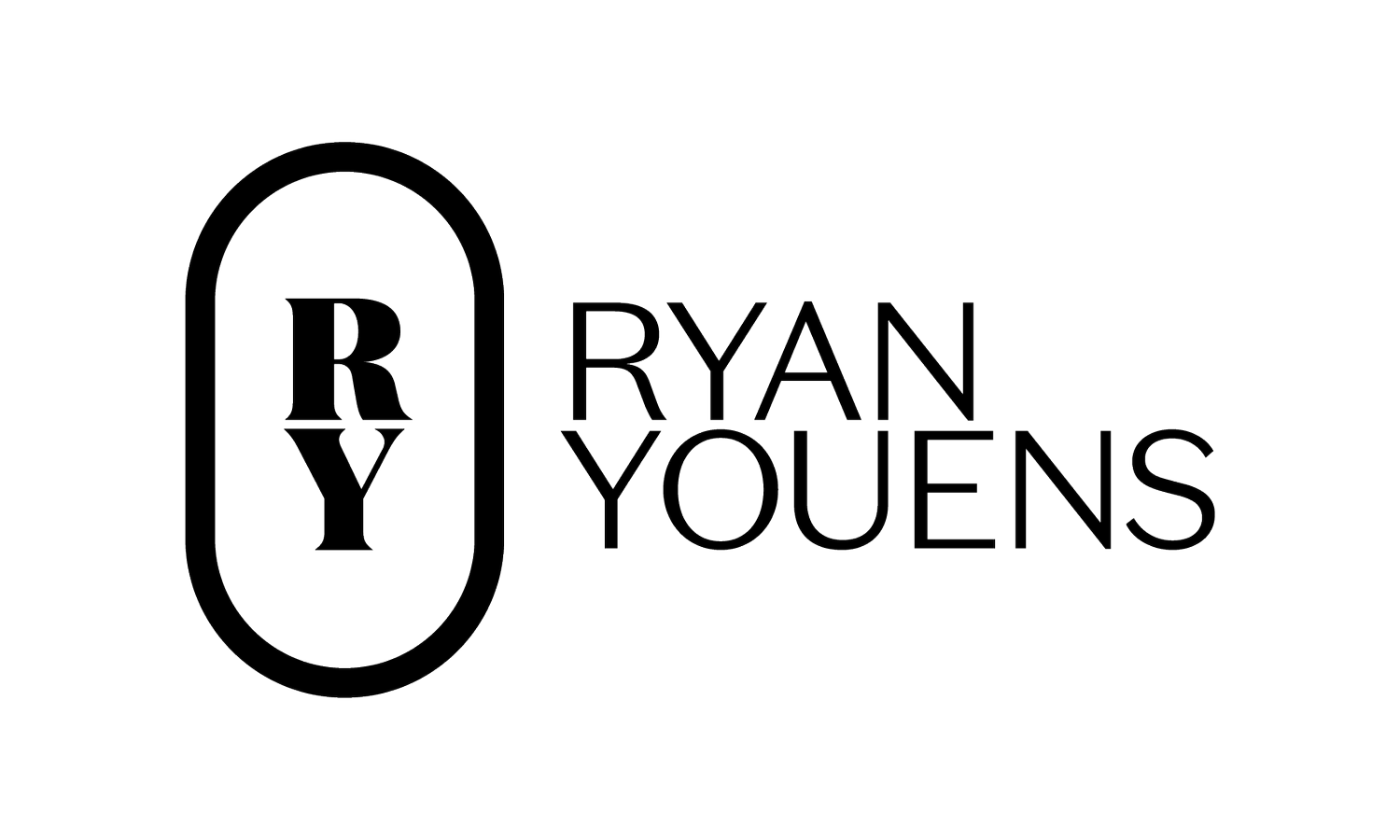Digital music stands, hook me up – Music Pad, Music Reader, eStand
I remember seeing digital music stands for the first time a few years ago in a series of concerts in the UK where some DJs collaborated with composers and live musicians. I can't find the link to it now, but basically composers were writing music alongside the DJs and the musicians were playing it in realtime from their digital stands. I remember thinking how great it was, and even now, that weighs up as some pretty adventurous activity! Yesterday I posted a tweet mentioning my enjoyment at seeing Harry Connick, Jr. and his band using digital music stands on American Idol. This ignited a great response of knowledgeable and intrigued comments. They are not yet being used professionally in this part of the world, and I can't say I've seen one in person, so I thought I'd explore them a little - here are my findings.
There seem to be three companies whose products are being used widely. The first is Music Pad, who it seems are the most popular and are the only (as far as I can see) company who have the whole product (a dedicated 12.1" tablet), not just the software. The Music Pad Pro is their main product - looks fantastic and packed with features.
If you are thinking, "Yeah okay, fair enough, great for a brass player reading a chart, but how about a conductor reading an orchestral score?" Well, you need the Music Pad Maestro.
Ah yes, the possibilities of usage are wonderful to dream about. Let's come back down to reality - for a Music Pad Pro plus carry bag, foot pedal and a few various cables, you could expect to pay around US$800.
A far more cost-effective option is just to purchase the software and you can run it on your own device. What looks to be the supreme product is the Music Reader, which sits at around US$99 for the full professional version. It is Mac and PC compatible and perfect for flat widescreen monitors, tablet and other touch screen PCs and, as of recently, the Music Reader is available on the Apple iPad - where it is a free download.

Another option is the eStand, although very sadly it only runs on PCs. Still not cheap - for the full professional multi-page package, you can expect to pay US$499.
So I am guessing you have many questions about how certain things work - let's try and answer some.
- Turning pages - three options: touch the screen, use the foot pedal or use a MIDI trigger.
- File format - sibelius, finale, PDF and image file formats.
- Annotations - you can still annotate on the score as you would with a pencil on traditional paper.
- Portability - well, beats potentially carrying around hundreds of pages of music.
- Stand lighting - you won't be needing that anymore.
- Syncing - you can sync devices on stage so everyone is on the right track.
- Viewing - several options of single to multiple page views and you can "look ahead" with a half page turn.
- Page order - you'll never get them out of order again.
- Printing - you can print from the programme ... but why would you want to?
- Extras? - Yes, there is of course a metronome and tuner.
If you're thinking "is a tuner and metronome the only extra features you can give this?", well that's just what I was thinking. But, the Same Page Music Performance Station has both the sheet music as well as metronome and tuner features ... AND a personal monitor mixer. Yes, you can take charge and adjust your own monitor levels.
See a great video of the Same Page system below:
I look forward to seeing the developments with these products. As a copyist, it's exciting to see the ability to make the score or parts and have it in front of the players in seconds. Even in more relaxed environments such as teaching, its potential is exciting. Maybe this is my excuse to buy an iPad?
Let me know your thoughts, experiences if you've had them or links to any videos with these in action.




